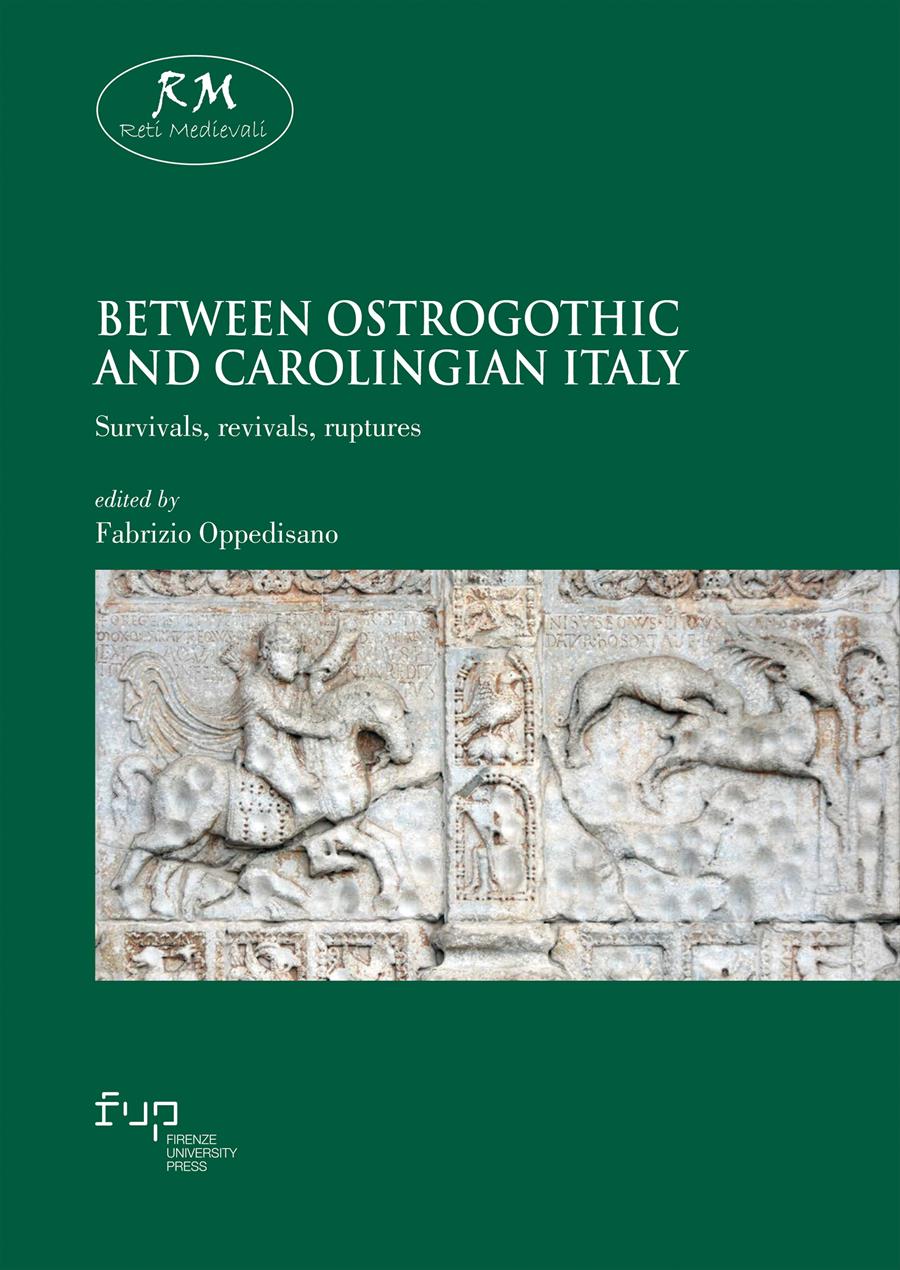- Between Ostrogothic and Carolingian Italy
- Edited by Fabrizio Oppedisano
The Creation of Two Ethnographic Identities: The Cases of the Ostrogoths and the Langobards
- Robert Kasperski
- © 2022 Author(s) |
- CC BY 4.0
- DOI: 10.36253/978-88-5518-664-3.06
The aim of this paper is to analyse two ethnographic identities constructed for two barbarian peoples – the Ostrogoths and the Langobards. As I try to argue, the first identity was constructed to show that the Ostrogoths were a civilized people and a better version of the Romans, and moreover, this identity communicated that the Ostrogoths could not be called a barbaric and savage people. Theoderic the Great’s propagandists tried to present the Ostrogothic warriors as defenders of the Roman World. The second identity – constructed for the Langobards – presented them as a people who embodied the very antithesis of their main enemies c. 660: the Franks and the Romans. The origin of the Langobards and the genesis of their ethnic hallmark, i.e. the long beards, were presented as signs of distinction or limitic structures which communicated non-romanitas of this people.
- Keywords:
- Early Middle Ages,
- Late Antiquity,
- Ostrogoths,
- Langobards,
- Theoderic the Great,
- Origo gentis Langobardorum,
- Ethnographic Identity,
- Barbarians,
- Civilization,
Polish Academy of Sciences, Poland - ORCID: 0000-0002-5693-0966
Chapter Information
Chapter Title
The Creation of Two Ethnographic Identities: The Cases of the Ostrogoths and the Langobards
Authors
Robert Kasperski
Language
English
DOI
10.36253/978-88-5518-664-3.06
Peer Reviewed
Publication Year
2022
Copyright Information
© 2022 Author(s)
Content License
Metadata License
Bibliographic Information
Book Title
Between Ostrogothic and Carolingian Italy
Book Subtitle
Survivals, revivals, ruptures
Editors
Fabrizio Oppedisano
Peer Reviewed
Number of Pages
262
Publication Year
2022
Copyright Information
© 2022 Author(s)
Content License
Metadata License
Publisher Name
Firenze University Press
DOI
10.36253/978-88-5518-664-3
ISBN Print
978-88-5518-663-6
eISBN (pdf)
978-88-5518-664-3
eISBN (xml)
978-88-5518-666-7
Series Title
Reti Medievali E-Book
Series ISSN
2704-6362
Series E-ISSN
2704-6079
